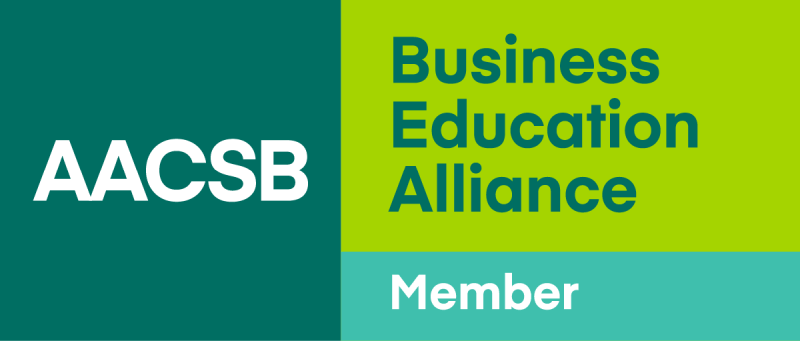Examining Efficiency and Redundancy in Hospitals - The Case of Tan Tock Seng Hospital
Redundancy is often considered "waste", even in healthcare, however, studies have shown otherwise. Considering Tan Tock Seng Hospital, how can redundancy be viewed as a positive approach to hospital operations?
At a glance
Country
Singapore
Industry
Healthcare
Focus
Hospital Operations
Total Incoming Resources
US$ 3.1 million
As of 2022 approx. 4.2 million Singaporean dollars, resources referring to all forms of income such as voluntary. Government, and charity activities
Abstract
Hospitals are vital for delivering essential healthcare services, where balancing operational efficiency, patient safety, and care quality is crucial. Redundancy, often seen as inefficient, can play a key role in maintaining resilience and safeguarding operations.
This case study examines redundancy in Tan Tock Seng Hospital, Singapore, exploring types such as safety redundancies, care redundancies, heterogeneity redundancies, and sustenance redundancies. It reveals how perceptions of redundancy differ across departments, influenced by factors like service variability, patient interactions, and resource substitutability. The case study highlights the importance of understanding these factors to optimize hospital operations, balancing efficiency with resilience. These insights are valuable for healthcare administrators and policymakers aiming to improve patient safety, care quality, and healthcare system resilience.
All rights reserved. © 2025 Nikkei Business Lab Asia. No part of this publication may be copied, stored, or transmitted in any form. Copying or posting is an infringement of copyright.
Disclaimers:
(1) Regarding Case Study Content: This case study is based mainly on secondary data and analysis of publicly available information unless otherwise stated, and is intended solely for educational purposes. Any opinions expressed by the author(s) are designed to facilitate learning discussion and do not serve to illustrate the effectiveness of the company. Additionally, banner images and logos used in the case study are intended for visualization in an educational setting and it is not used to represent or brand the company. For any dispute regarding the content and usage of images and logos, please contact the team.
(2) Regarding University Affiliation and Titles of Authors: The university affiliation and titles of author(s) seen in the case study is based on their affiliation and title during the time of publication. It may or may not represent the current status of said author(s).
